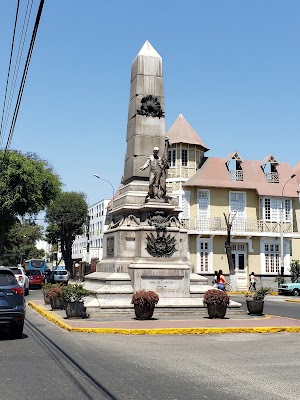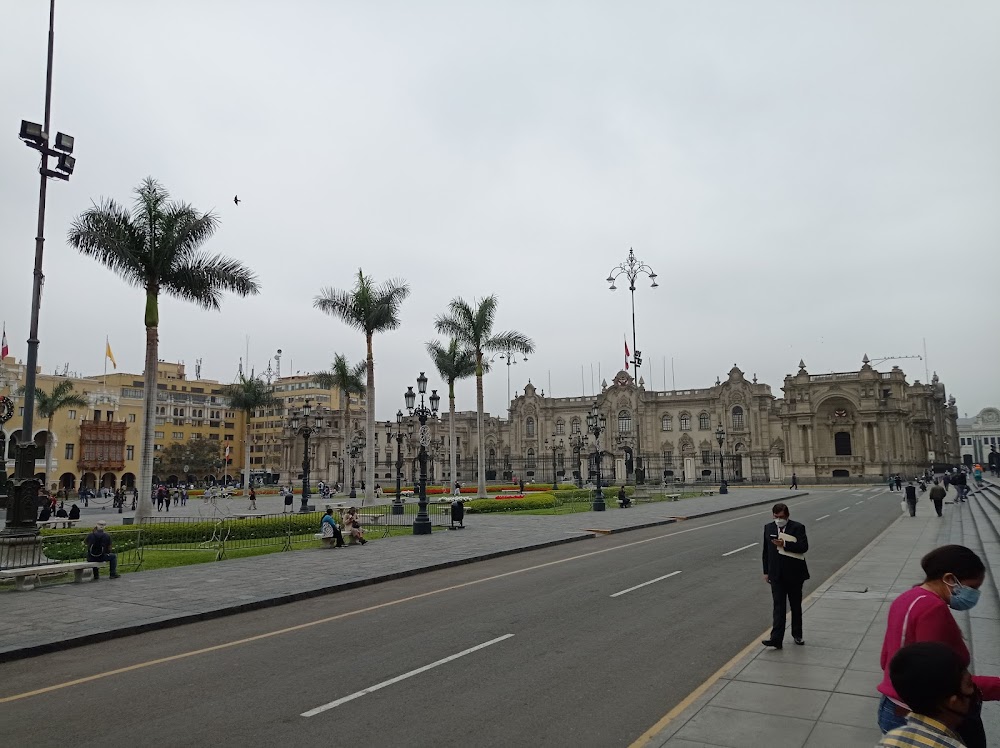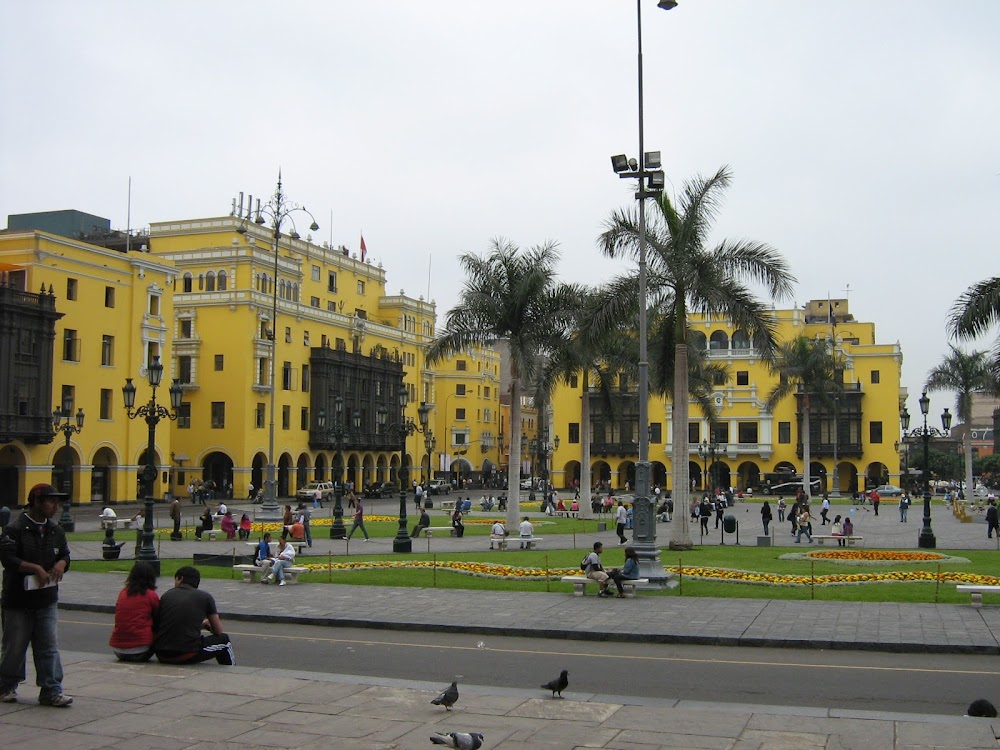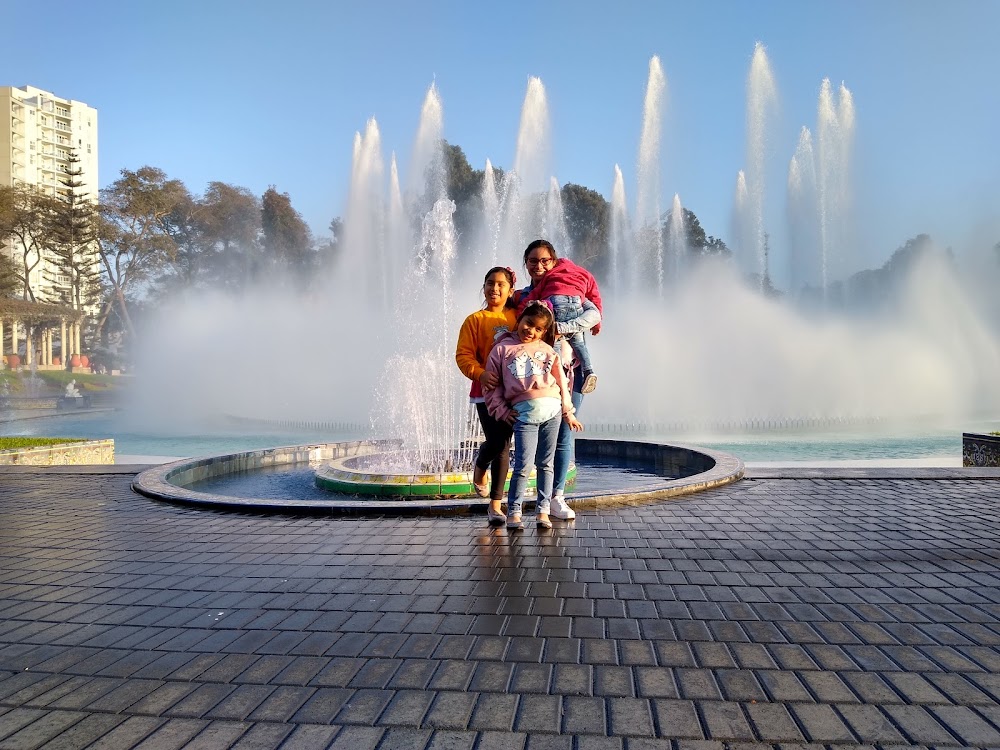Barranco District (Distrito de Barranco)
Overview
Introduction to Barranco District
Barranco District in Lima, Peru, is renowned for its vibrant and bohemian atmosphere, but its lively character is a relatively recent development. In the late 19th and early 20th centuries, Barranco emerged as a favored seaside resort for affluent limeños, drawn by its refreshing ocean breezes and stunning views. Initially a remote area, it was characterized by its tranquility and natural landscapes, providing a serene retreat from the bustling life of central Lima.
Historical Transformation
The transformation of Barranco began in the late 1800s when European immigrants, particularly from Italy and Germany, settled in the district. These newcomers brought with them distinctive architectural styles and cultural influences that are still evident in many of Barranco’s historic homes and buildings. Their arrival sparked an early construction boom, leading to the development of charming villas, elegant mansions, and significant cultural landmarks.
The Iconic Bridge of Sighs
A pivotal moment in Barranco's evolution was the construction of the "Puente de los Suspiros" or "Bridge of Sighs" in 1876. This wooden bridge quickly became a symbol of the district. Local legend suggests that couples who hold their breath while crossing the bridge will have their wishes granted. The bridge facilitated access between vital areas and encouraged more visitors and residents to flock to Barranco.
Urbanization and Accessibility
As urbanization accelerated in the 20th century, improvements in roads and public transportation made Barranco increasingly accessible from other parts of Lima. The creation of the Bajada de Baños, a scenic pathway leading from the main district down to the beaches, became a popular spot for both locals and tourists. This picturesque route played a significant role in establishing Barranco as a charming seaside escape.
Cultural Hub Development
By the mid-20th century, Barranco had transformed into not only a residential area but also a vibrant cultural hub. Artists, musicians, and writers were drawn to the district's picturesque streets and creative energy. The emergence of art galleries, studios, and theaters enriched the local arts scene, while public spaces like Parque Municipal hosted various cultural events and performances.
Preservation and Modernization
As the decades rolled on, Barranco continued to modernize while preserving its historical charm. Local government initiatives focused on conservation efforts to maintain the district’s unique architecture and rich history. Today, Barranco showcases a delightful blend of the old and the new, where colonial-style buildings coexist with contemporary cafes, restaurants, and boutiques.
Art and Culture
The cultural significance of Barranco remains vibrant, with public art installations, colorful murals, and street art that tell the stories of the local community. Residents and visitors alike revel in the combination of traditional and modern attractions, from the partially ruined yet beautiful Iglesia La Ermita to cutting-edge galleries like the Museum of Contemporary Art (MAC).
Culinary Destination
Barranco's renaissance has also been fueled by its burgeoning culinary scene, featuring some of the finest Peruvian cuisine. Numerous renowned chefs have established restaurants in the area, transforming Barranco into a culinary hotspot within Lima. The harmonious blend of history, culture, and modern living renders Barranco a unique and cherished district, captivating the hearts of both locals and tourists alike.
Conclusion
Today, Barranco stands as a testament to Lima’s rich historical tapestry, illustrating its journey from a tranquil seaside retreat to a bustling cultural enclave. The district's development encapsulates a narrative of preservation and innovation, where old-world charm beautifully coexists with contemporary vibrancy.







